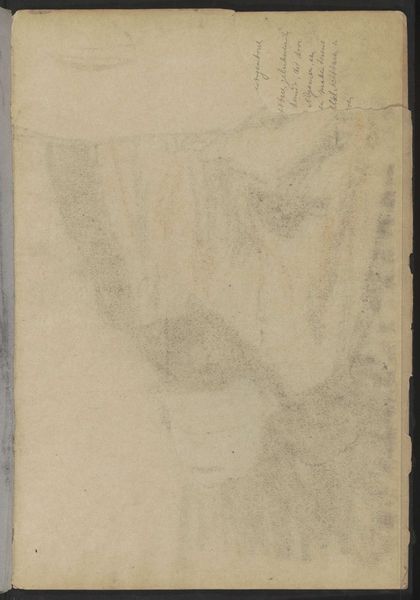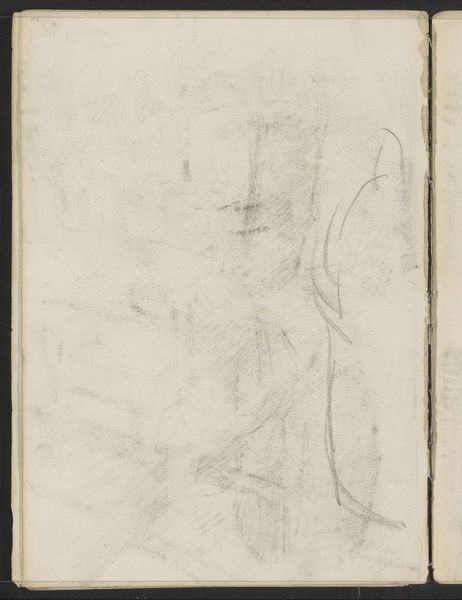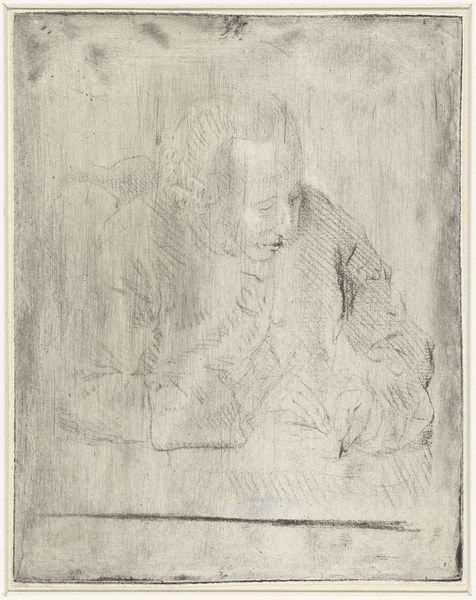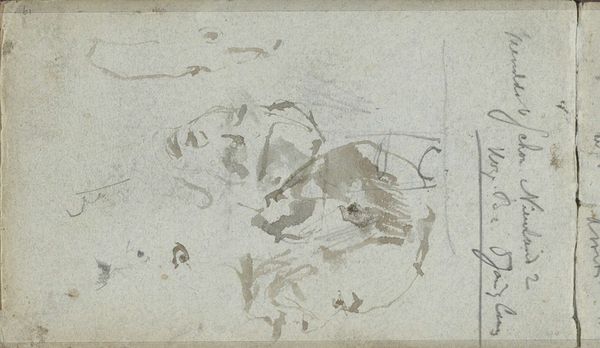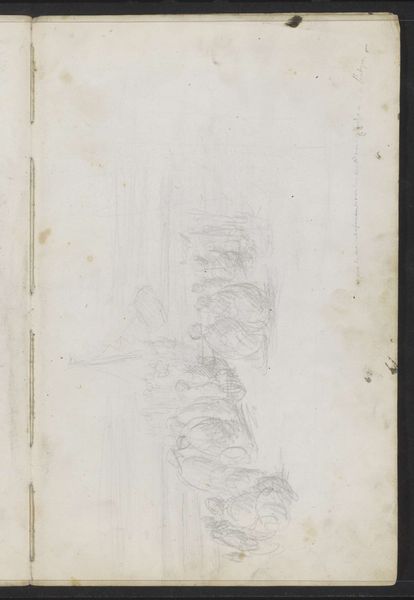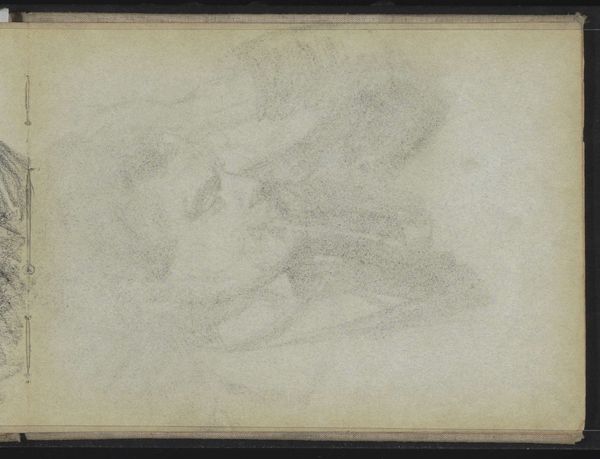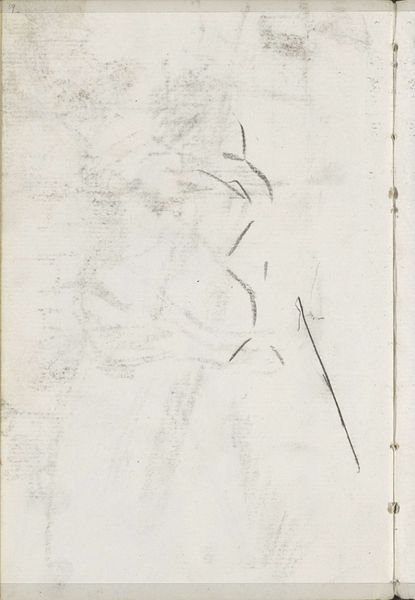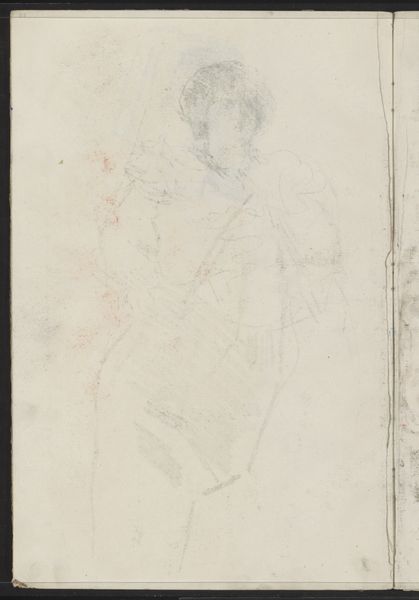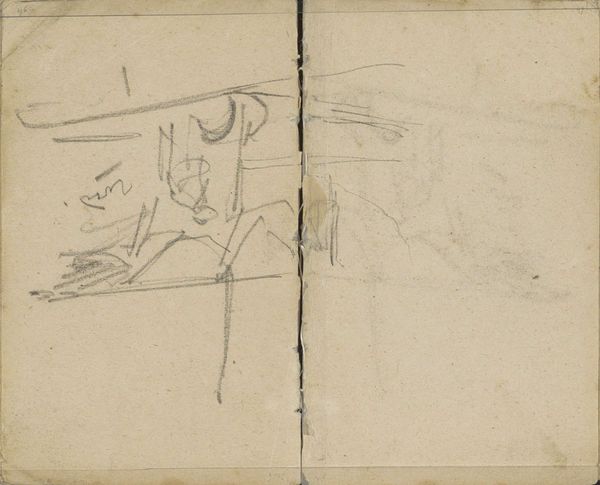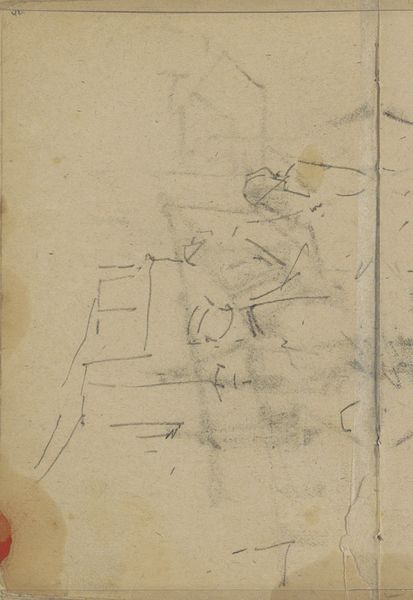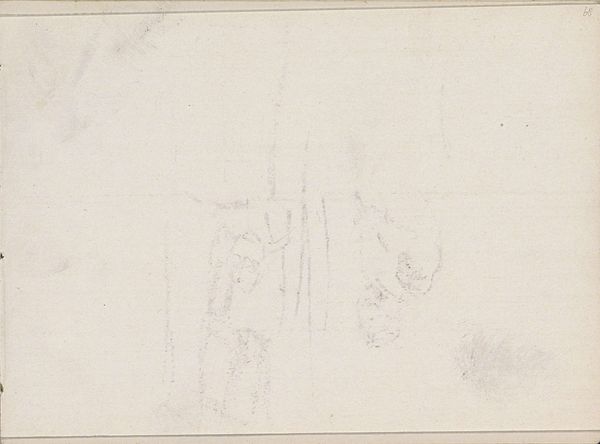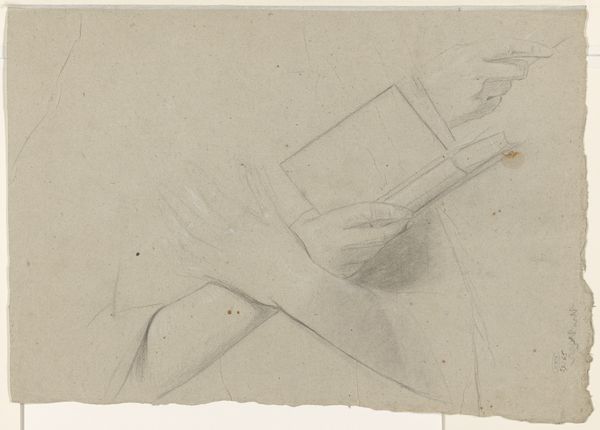
drawing, paper, pencil
#
portrait
#
drawing
#
light pencil work
#
pencil sketch
#
mannerism
#
paper
#
pencil
Dimensions: height 515 mm, width 376 mm
Copyright: Rijks Museum: Open Domain
This is a study of a seated woman, without a head, drawn by Cornelis Ketel. Ketel was working in the Netherlands during the late 16th and early 17th centuries, a time of significant social and political upheaval, as the Dutch Republic was in the throes of its struggle for independence from Spanish rule. While this drawing isn't overtly political, its existence speaks to a changing cultural landscape. The rise of a wealthy merchant class created a demand for art that reflected their values and interests. Artists like Ketel, trained in the traditions of the Renaissance, began to adapt their style to suit this new market. Was Ketel perhaps thinking about the tradition of the ‘tronie’, the Dutch Golden Age artistic convention of studies of anonymous figures? The incomplete nature of this study also raises questions about the role of the artist and the value of preparatory work. Art historians can consult period documents, such as artists' inventories and guild records, to better understand the economics of artistic production. Ultimately, this work reminds us that art does not exist in a vacuum, but is shaped by the social and economic forces of its time.
Comments
No comments
Be the first to comment and join the conversation on the ultimate creative platform.
